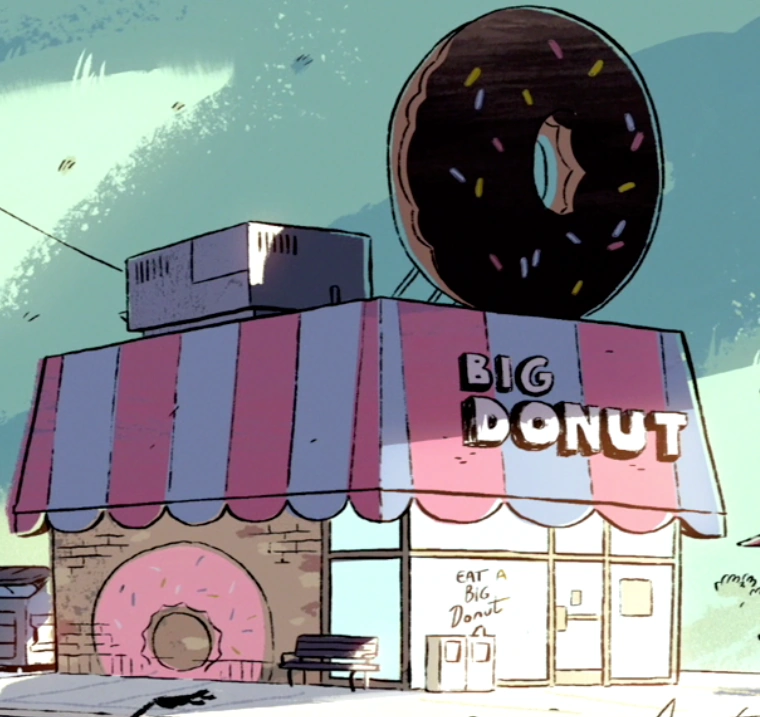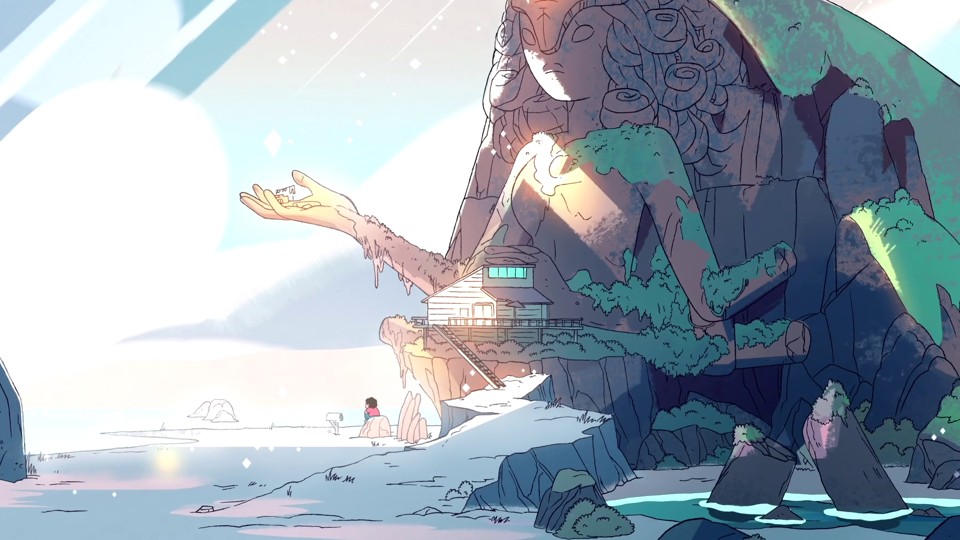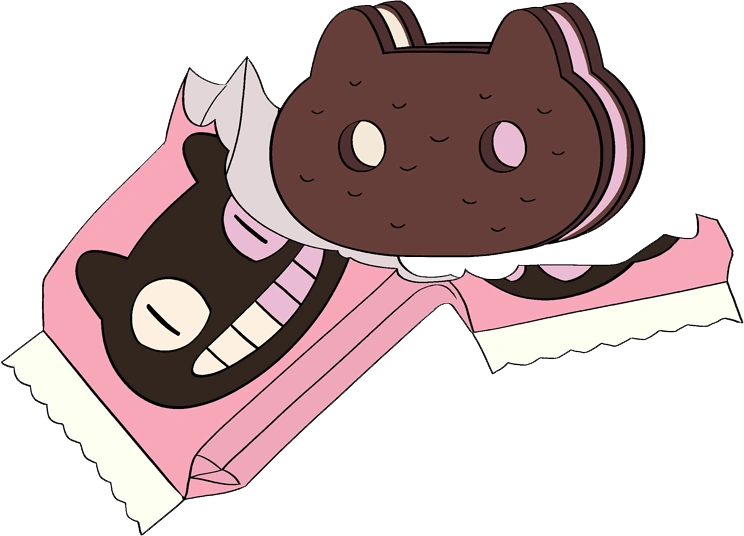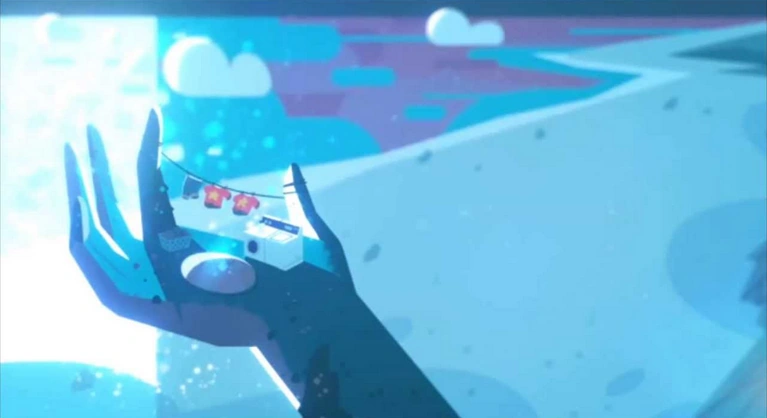With the vast majority of DIY RPG content fitting into traditional dungeon fantasy and/or gothic horror and/or the New Weird, a lot of assumptions get made about the style of play in OSR being inherently grim and/or dark and/or grimdark.
There's been a fair amount written already, however, about how Romantic Fantasy fits into OSR play almost surprisingly well. Characters tend to avoid combat and seek other solutions? Check. Characters have picaresque adventures, collecting allies and influencing the world with their decisions? Check. The impetus for traditional modes of play may be a little different in a Romantic setting, but those same mechanical structures support this genre just as well as the standard OSR fare.
When making a game, I tend to think of a story that captures the intended genre well, and think through whether that story could emerge from a session of the game. Obviously this works better with narrative rulesets than trad games, but it's a decent benchmark. If the rules don't even slightly allow for the kind of story I expect the game to result in, I know I'm way off.
So, to run this little test with the game I'm working on now, let's take one of the best examples of current Romantic fantasy: the kids' cartoon Steven Universe. The show is about a kid who fights alongside a superhero team from outer space, using empathy as well as magic powers to protect Earth from monsters and aliens.
Its modern-fantasy setting has a few similarities to my system, so it seems like a decent fit. The aesthetic and music and everything are pretty much a kid-friendly version of how the game is looking so far, even.
We'll be using Episode 1, so everything should be simple enough to pick up if you don't know the show already.
(Aside: if you decide to watch the show, bear in mind that, well, it's for kids. I personally bounced right off it the first time. There's a turning point partway through the first season, though, and a tonal shift at the end, so start there if you'd prefer.)
We open on Steven in the donut shop, finding out his favourite ice cream sandwich, Cookie Cat, has sold out and is no longer in production. The store owners let him take the branded freezer home.
So far, this is surprisingly well supported by the system. This would all be covered in Downtime, or maybe roleplayed briefly at the start of a session, but there's absolutely concrete rules and suggestions in the text to cover a) the existence of a particular brand of snack, b) that being Steven's favourite food, c) a shop existing in town that might sell them, and d) Steven knowing the people at the shop.
All of this handily sets up the scene, likely at the player's suggestion, and the group can roleplay from there. The GM then just has to let the player take home the freezer, which, I mean, why not.
Steven goes home to his dope-ass house inside a temple inside a giant stone colossus by the beach. The other "PCs", Garnet, Amethyst and Pearl are fighting some monster insects that have overrun the place.
The Gems are probably higher level characters. I'd imagine this is Steven's player's first session, joining a group with established characters. Or, rather, it's the player's new character after their last one, Rose Quartz, died in a previous game.
So, this battle is one of three things mechanically: a few 1HP mooks being dispatched with relative ease by higher-level characters; a single monster, flavoured as a "swarm", also being fought handily; or a narrative moment the group puts in for fun. Given how little danger is presented here, I'd say one of the latter two. Full combat in this system is for moments of intense peril.
The GM uses this fight to establish that the creatures have acid spit. They also let the players know more about the bugs (there's a mother nearby), by telling Garnet's player that she knows the information already. The text supports and reinforces this kind of openness with information. Garnet might even have something on her character sheet to justify the GM's exposition.
There's a cute moment where the Gems have bought Steven a freezer full of Cookie Cats, and Steven sings the theme song from the TV ad (unknowingly foreshadowing a lot of the show's lore). There's a lot of establishing of the Gems' personalities and characters as they try to teach Steven how to use his Gem powers: summoning a weapon.
This is all narrative, the group's having fun with their characters. The weapon summoning might be pure flavour from the setting, or there are specific Classes in the game with powers that could cover this. I didn't design the game to allow players to become Crystal Gems, but I'm glad it's possible!
Steven gets his weapon - a shield - just in time, as the mother bug shows up. The Gems leap into the fray, and Steven goes to grab an extension cord so he can take his new freezer outside with him, full of the treats that he's convinced give him his powers.
Almost everything has been handled through roleplay so far, but here's where the mechanics come in. Mechanics in the game only really kick in when danger is present. Rolling generally has a high chance of failure - you don't want it to happen! Pure roleplay is the standard, until the adventure hits a snag, as adventures are won to do. This is a pretty standard OSR way of thinking, the contrast is just maybe a little more stark here.
We go into Initiative order. Steven's player spends his first round or so of combat dealing with the freezer. The player knows that the character wouldn't survive a confrontation, and hopes to set up some alternative win condition for the fight. Good player instincts! That monster could probably kill him in one hit.
The Gems are all higher level, and more capable in combat, but quickly find themselves overpowered. Mehanically, the players are aware they are losing the fight, even though the monster hasn't hit them with its acid yet. It's just a fairly standard HP system, but tightening the numbers and making a few old-school assumptions more explicit in the text should reinforce the right thinking.
This is all supported in the rules. I think we're doing well so far.
Steven's freezer gets broken, and he uses it to electrocute the monster, giving the Gems an opening to attack.
Aha! There's that OSR thinking. Your character is too weak to fight - look through your inventory and think of creative solutions to an overwhelming situation. Exactly the kind of play the game encourages.
Then it's just a matter of an attack roll or two to finish off the last of the monster's HP. The GM probably rules that it loses a turn at this point due to being stunned by the electrocution. Garnet leads the charge, and the battle is won.
(Aside: Garnet in the show is voiced by the singer Estelle, and... you guys. She uses her natural speaking voice. This means a whole lot to me. I grew up in the same part of the world, in a white-minority area, around black women who spoke just like Garnet does.
That accent was my daily reality, but I never saw it represented on TV - definitely not from black women, and definitely not from a positive, strong, competent and complex character. Garnet existing makes me so happy.)
Steven has a funeral for the ice cream wrappers, everyone's happy, the fight is over, Steven throws up from eating too much ice cream.
... And the rest is all narrative. That's, what, half an hour or so of play? Not bad.
The main ways the mechanics came through were in the setup of the situation, and in the execution of the fight. I didn't go super in depth on rolls etc in combat, that wouldn't be an interesting read, but I think the fight managed to deliver. What might not have been clear is just how deadly it was - the gang barely survived. Combat in this game is rough. HP levels are closer to HD levels in other OSR systems, so every hit really fucking counts.
***
All in all, I feel like that would be a strong opener to a campaign. The mechanics held up well under examination, particularly with the two key aspects of the episode: the initial setup and the fight. The rest being largely handled just by fiction rather than mechanics is pretty ideal too. This isn't a system that puts mechanical restrictions on any of that sort of stuff, players can just roleplay without rolling for the most part. That's how I like it.
I think this was a valuable exercise, even considering that this isn't a narrative system, and doesn't have mechanics in place to produce story. The story emerged through gameplay! The knowledge that it's even slightly feasible that this kind of story could emerge naturally through play is heartening, it means I'm on the right track. Or at least the track I wanted to be on. I'm happy with the system so far!
I'll go more into the system itself next week. We'll talk about Class design, progression and balance.








No comments:
Post a Comment